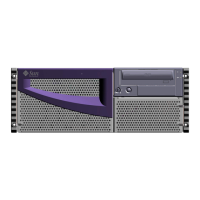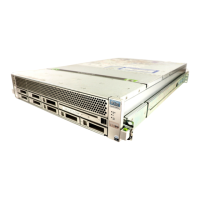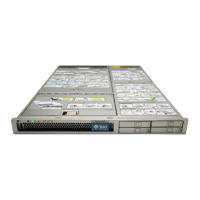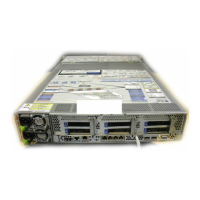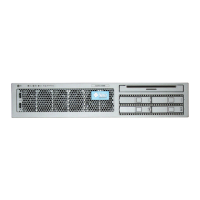102 Sun Fire V890 Server Owner’s Guide • May 2004
■ disk0 – Specifies internal disk 0
■ disk1 – Specifies internal disk 1
■ disk2 – Specifies internal disk 2
■ disk3 – Specifies internal disk 3
■ disk4 – Specifies internal disk 4
■ disk5 – Specifies internal disk 5
■ disk6 – Specifies internal disk 6
■ disk7 – Specifies internal disk 7
■ disk8 – Specifies internal disk 8
■ disk9 – Specifies internal disk 9
■ disk10 – Specifies internal disk 10
■ disk11 – Specifies internal disk 11
■ tape – Specifies the SCSI tape drive (if present)
■ net – Specifies the on-board Fast Ethernet interface
■ gem – Specifies the on-board Gigabit Ethernet interface
■ full path name – Specifies the device or network interface by its full path name
Note – You can also specify the name of the program to be booted as well as the
way the boot program operates. For more information, see the OpenBoot 4.x
Command Reference Manual for your specific Solaris software.
If you want to specify a network interface other than an on-board Ethernet interface
as the default boot device, you can determine the full path name of each interface by
typing:
The show-devs command lists the system devices and displays the full path name
of each PCI device. An example of a path name for a Fast Ethernet PCI card is shown
below:
2. To cause variable changes to take effect, type:
Note – To store variable changes, you can also power cycle the system using the
front panel Power button.
ok show-devs
/pci@8,700000/pci@2/SUNW,hme@0,1
ok reset-all

